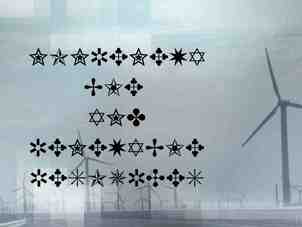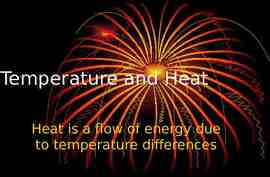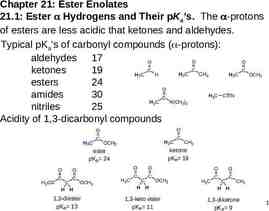A pair spectrometer for measuring multipolarities of energetic
20 Slides5.47 MB

A pair spectrometer for measuring multipolarities of energetic nuclear transitions Sas Nándor

Creation and decay of 8Be* Decay with 2α emission: 8Be 2α 100% With γ-radiation: B(8Be g) 1.5 x 10-5 With internal pair creation: B(8Be e e-) 5.5 x 10-8 Smooth, gradually decreasing angular correlation Creating a dark photon: B(8Be X) 5.5 x 10-10 finding a peak on the curve, a real challange for the detector 2

Geometrical arrangement of the scintillator telescopes (NIM, A808 (2016) 21) Our old setup included 5 plastic and 5 MWPC detectors. The telescopes were placed perpendicular to the proton beam direction. The relative angles of the telescopes were , , . X17 boson Krasznahorkay 3

Multy Wire Proportional Chambers (MWPC) Two dimensional MWPC readout with the help of induced charges on the cathode strips. Delay-line readout of the strips 4

Shapes and sizes of the scintillators Hamamatsu H1795 PMT’s Energy resolution 5

γ-spectrum measured on the 441 keV resonance

The new e e- pair spectrometer with six telescopes equipped with Si DSSD’s Our new setup has 6 plastic and 6 DSSD detectors. We have an anti-coincidence shield which is filters out a part of the cosmic radiation. The telescopes also was placed in orthogonal to the proton beam direction. The relative angles was , , , . X17 boson Krasznahorkay 7

The present version of the spectrometer 8

Block diagram of the electronics connected to the plastic scintillators trigger generation Downscaled singles Coincidences 9

Block diagram of the electronics connected to the DSSD detectors 10

Energy calibration of the scintillators Two particles (e -e ) are detected in one DSSD detector - Two particles (e -e-) are detected in two different DSSD detector. Sum of all combinations 11

Counts Energy and position calibration of the DSSD detectors Channels X17 boson Krasznahorkay 12

Cosmic ray corrections Cosmic ray background measurements were performed before and after the experiments. Gate were set in the energy sum spectrum from 20 MeV to 50 MeV in-beam and in the offline experimental data. In this energy region we did not excpect any contributon from the used nuclear reaction. The ratio of two spectra obtained in-beam and offline gave as the correction vector for the different other energy sum gates. X17 boson Krasznahorkay 13

Background from cosmic rays in the setups with 5 and 6 telescopes X17 boson Krasznahorkay 14

Efficiency curves for the setups with 5 and 6 telescopes The efficiency of new setup at is better than old setup. The results of the present experiment can be considered independent from the one we published in PRL in 2016. X17 boson Krasznahorkay 15

Results e - e- energy sum spectrum and angular correlations We could use the 16O peak and the two states in 8Be for detector calibration. The Total energy spectrum was constructed as sum of the energy deposited in the telescopes by the pairs. Angular correlation of the pairs in the 17.6 MeV resonance compared with the simulations assuming a pure M1 transition (full line) and a mixed M1 E1 transition. 16

New cutting edge DSSD detectors X17 boson Krasznahorkay 18

CAD drawing of the new spectrometer X17 boson Krasznahorkay 19

Thank you for attention! X17 boson Krasznahorkay 20







